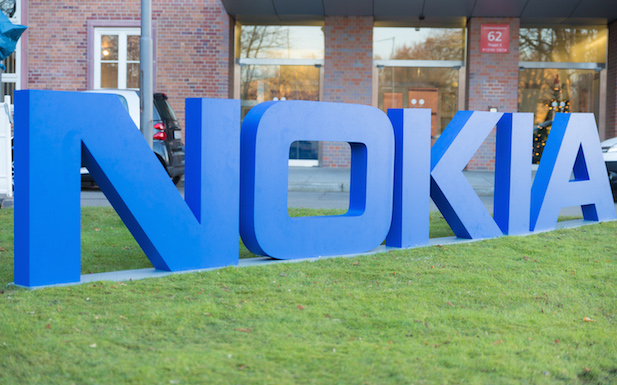Nokia has bolstered its mobile transport portfolio with the addition of new microwave, IP, optical, and fixed access transport solutions.
The Finland-based vendor’s expanded range of ‘anyhaul’ mobile transport options, also covering mobile, is geared to next-generation LTE and 5G networks.
It said 5G-era transport networks, tasked with aggregating and interconnecting traffic, must evolve, and be able to provision services as quickly and dynamically as the mobile elements they connect.
Barry French, CMO for Nokia, said: “Mobile transport is often the unsung hero in making the mobile experience a reality. With the proliferation of 4.5G Pro, 4.9G and 5G, the demand for wireless capacity is increasing.”
Specifically, Nokia’s transport portfolio has been enhanced for Ethernet ‘fronthaul’, and optimised for 10Gbps cell site connections, up from the 1Gbps interface that has dominated 2G, 3G and LTE backhaul deployments for nearly a decade.
Alongside, each product now offers enhanced timing, synchronisation and OAM, and is programmable, so operators can deliver premium broadband and IoT services in the most flexible and efficient way.
Meanwhile, Nokia and NTT Network Technologies Laboratories, the research arm of Japanese operator NTT DoCoMo, have completed a Multi-access Edge Computing (MEC) trial to demonstrate the benefits of low-latency communications and data pre-processing for the IoT applications.
Nokia said the low-latency benefits of MEC-based analytics are particularly applicable in public safety for facial recognition security applications. To date, challenges with network latency and capacity has precluded take-up of visual IDs for security purposes at public venues.
But in the MEC trial, Nokia and NTT have managed to shorten facial recognition times and reduce network traffic by moving video analysis to the network edge.
Jae Won, Head of Nokia Japan, said: “Our MEC platform is the sole product in the market today that is able to deal with LTE packets at the mobile edge. This trial is an important milestone for us since it sets the prerequisite for achieving 5G low latency interactive communication that has various benefits in the public safety domain.”
Nokia extended its mobile edge computing portfolio last September to include enterprises, so businesses can access low-latency, business critical networks.



